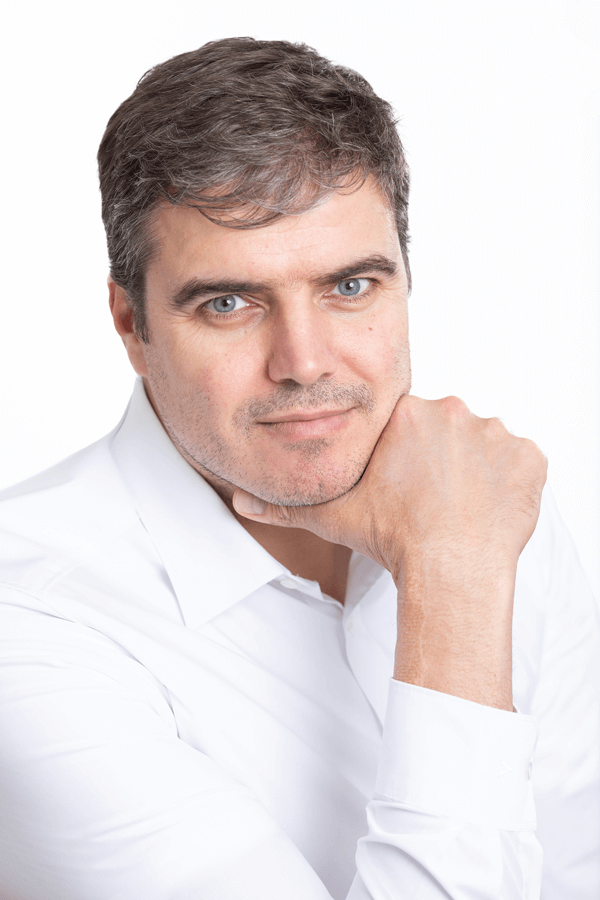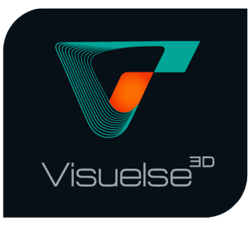
trainer:
Dr. Tamás Lovas
Associate Professor, Head of Department, Department of Photogrammetry and Geoinformatics, Budapest University of Technology and Economics
Module I.:
POINT CLOUD BASED DATA EXTRACTION
duration: 1 day
ABOUT OUR TRAINER
Dr. Tamás Lovas
Associate Professor, Head of Department, Department of Photogrammetry and Geoinformatics, Budapest University of Technology and Economics
Since 2001 he has been working on the processing of laser scanned point clouds, his main research interests are the applicability of point clouds in engineering tasks, optimization of workflows. He coordinates higher education courses in the fields of civil engineering, surveying, geoinformatics and BIM.
Memberships of professional organisations:
- ASPRS (American Society for Photogrammetry and Remote Sensing), 2002-
- MFTTT (Hungarian Society for Surveying, Mapping and Remote Sensing), 2004-
- MTA Geodesy Scientific Committee, Subcommittee on Photogrammetry, Remote Sensing and Geoinformatics, 2004-
- Hungarian BIM Association (founding member, member of the supervisory board), 2014-

WHO DO I RECOMMEND THE COURSE TO?
“Interested in how point cloud data capture technologies can most effectively support your design, construction and operations workflows? The course provides an overview of data ingestion technologies, typical technical parameters and applications. Those who successfully complete the course will be able to select the most appropriate data acquisition technology for a given task, evaluate a given measurement method and plan effective measurement.”
